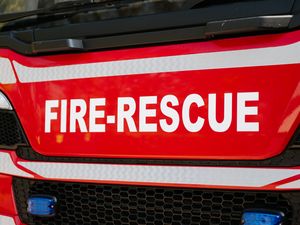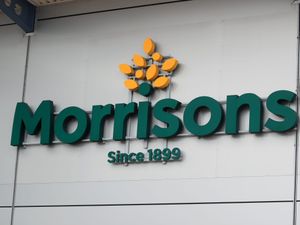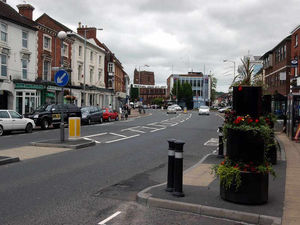In pictures: Northern Lights visible over Shropshire
March is apparently the best month to the see the Northern Lights, and photographers got lucky over Shropshire last night.
Watch more of our videos on ShotsTV.com
and on Freeview 262 or Freely 565
The Aurora Borealis turned skies over the county stunning greens and reds on Sunday evening - reportedly different colours depending on which direction you were viewing the phenomena.
The Met Office predicted that the Northern Lights would be visible across parts of the UK on March 3, but only in the north.
Their space weather forecast summarised: "Ongoing Coronal Mass Ejection (CME) effects have enhanced the auroral oval.
"Aurora may be visible in the far north of the UK and similar latitudes into early 04 March GMT, but should gradually subside towards background levels.
"No further enhancements are currently expected."
While activity was generally quite low in the end, the lights were clearly visible in the skies over Shropshire, with many photographers capturing images of the display.
Shropshire has many dark skies areas that are renowned for stargazing and astrophotography.
Clare Booth captured the below photographs a couple of miles from Newport at 8.20pm on Sunday.
She said: "They were only taken on my iPhone 13 Pro, I love going out trying the capture the aurora, I have been doing it a while, we have an app on my phone which alerts me to when there are flare ups."
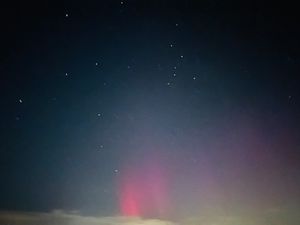
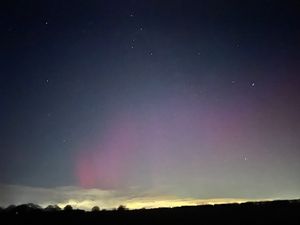
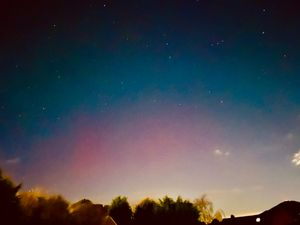
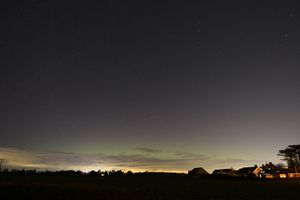
The natural light display is caused by charged particles from the Sun interacting with Earth's magnetic field.
The colour display depends in part on what molecules the charged particles interact with.
Red and green colours tend to be hallmarks of oxygen, pink and red the signs of nitrogen with blue and purple being the results of hydrogen and helium.
Dr Minjae Kim, research fellow, Department of Physics, University of Warwick, said: "During periods of heightened geomagnetic activity, the auroral ovals expand, allowing for sightings further south in the UK.
"While auroras are more commonly observed in northern regions like Scotland, seeing them in other parts of the UK, as seen last night in southern UK, is exceptionally rare."
Late September to mid-March is generally considered the best period for aurora sightings.
Clear, cloud-free skies in dark locations with minimal light pollution, facing the northern horizon offer the best conditions for seeing the display.
Dr Kim said thar some of the best places for aurora viewing include: Brecon Beacons National Park, an international dark sky reserve in Wales; Exmoor National Park, an international dark sky reserve in England; Galloway Forest Park, an international dark sky park in Scotland; and Kerry international dark sky reserve in Ireland.
The prime viewing times are during the darkest hours usually from 11pm to midnight, but the lights are typically visible between 9pm and 2am.
Forecasting when the Northern Lights will be visible from the UK again is difficult but, according to the BGS Global geomagnetic activity forecast, no significant enhancements are expected.
Dr Kim said: "Geomagnetic activity is forecasted to remain relatively quiet for the remainder of this period.
"As a result, it might be challenging to observe the aurora.
"However, tonight (March 4-5) appears to be the most promising night for aurora viewing, albeit still not highly active."

